What are Managed Order Guides (MOGs)?
What are Managed Order Guides (MOGs)?
Managed Order Guides (MOGs) are product catalogs that contain only products approved for purchase by a brand at a local distributor. These include brand standard products as well as short-term use products, and is an exhaustive list of products available for purchase by an end user. MOGs can vary by distributor and distribution location based on availability, and are most successful when managed by individual distributor location.
Benefits of MOGs: Why You Should Use Them

MOGs give brands greater purchasing control, reduce off-contract spending, and ensure every unit orders products that match brand standards. MOGs save money by limiting purchasing to approved, cost-controlled products. They also reduce wasteful or duplicative orders, prevent overspending on premium or unauthorized items, and help operators identify inefficiencies through purchase data. Managed order guides are especially valuable for multi-location businesses aiming for consistency, cost-efficiency, and compliance.
MOGs allow brands to completely control what an operation buys while eliminating the possibility of misalignment with core purchasing philosophies and brand standards. With MOGs, purchasing teams can make sure operational units procure the best products at the best prices, creating better cost control. They can track inventory of products in every distribution location used by that unit. Distributors may offer and recommend substitutes for items that may be out of stock, but the products they recommend must be approved by the brand. The use of MOGs offers real time deletions or additions of items, and gives brands the ability to track approved purchases by location. Any operational unit on an MOG receives purchasing reports and data from the distributors they use.
How To Use MOGs
Using a managed order guide is simple, but getting the most out of it requires some strategy. To use MOGs, operations units log into their distributor’s platform and choose items from the catalog. Since guides are pre-approved and region-specific, teams only have access to the products available at their local distribution center. This reduces errors, streamlines ordering, and ensures purchases align with company policies.
To make the most of an MOG, you should:
- Only order from the approved list, since MOGs limit purchasable items to those aligned with your brand’s standards.
- Check real-time availability to prevent backorders and delivery gaps.
- Standardize guide usage across locations to ensure consistency in multi-unit operations.
- Work with your distributor to request additions, manage substitutions, and address problems.
- Lean into built-in tracking tools to monitor compliance, track purchasing data, and identify savings opportunities.
Industries That Use MOGs

MOGs are used in many industries, including foodservice, hospitality, and healthcare. Any industry that needs to better control purchasing costs can implement an MOG to reduce unnecessary spending on raw materials.
How Managed Order Guides Are Controlled
Control of MOGs is usually managed by distribution, purchasing, or both. If a brand has a dedicated purchasing department or works with a purchasing firm, they will often decide which items are approved and work with distribution to make sure the items are available at the local distribution location for each operational unit to purchase.
The meaning of managed order guides is simple: they serve as brand-approved, location-specific purchasing catalogs to ensure consistency and control. To learn more about MOGs or how Foodbuy can strengthen your business, schedule a consultation.



